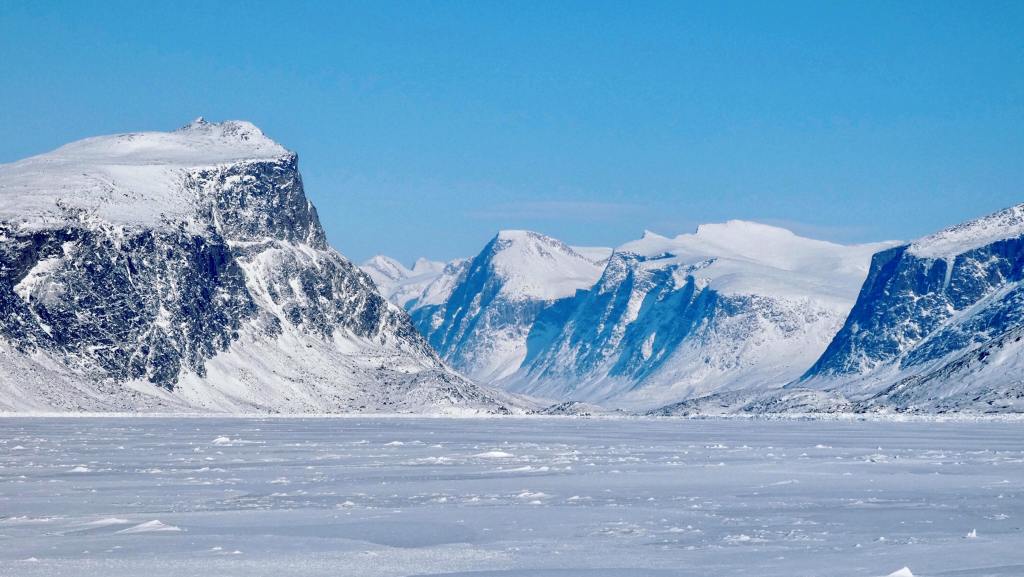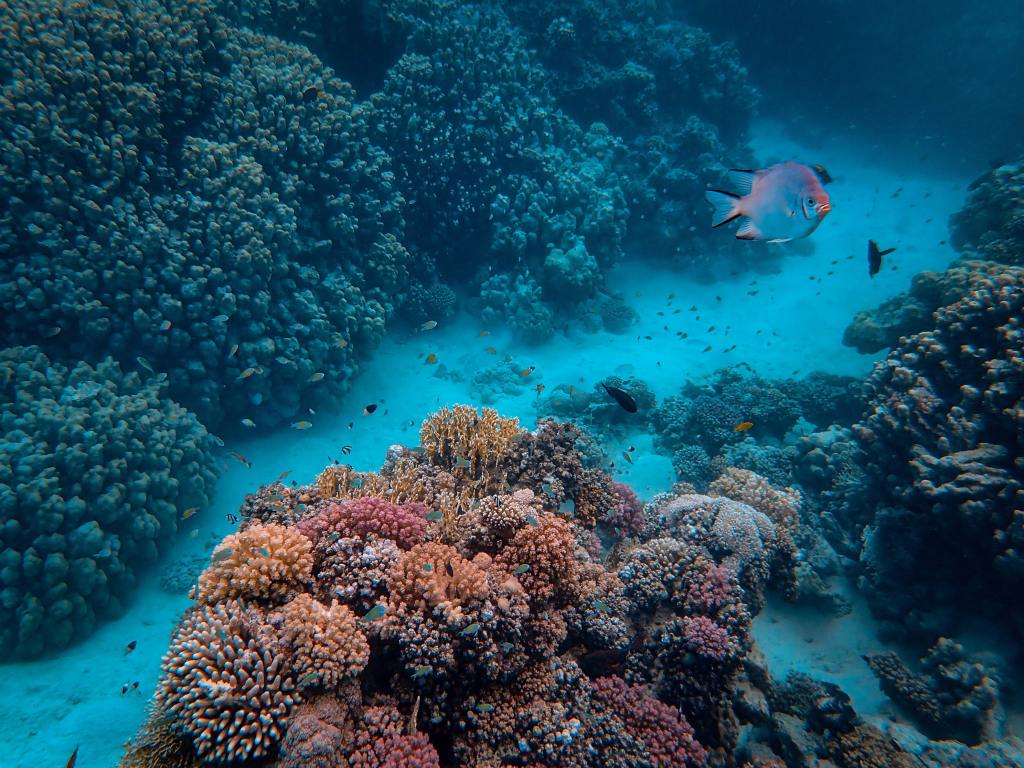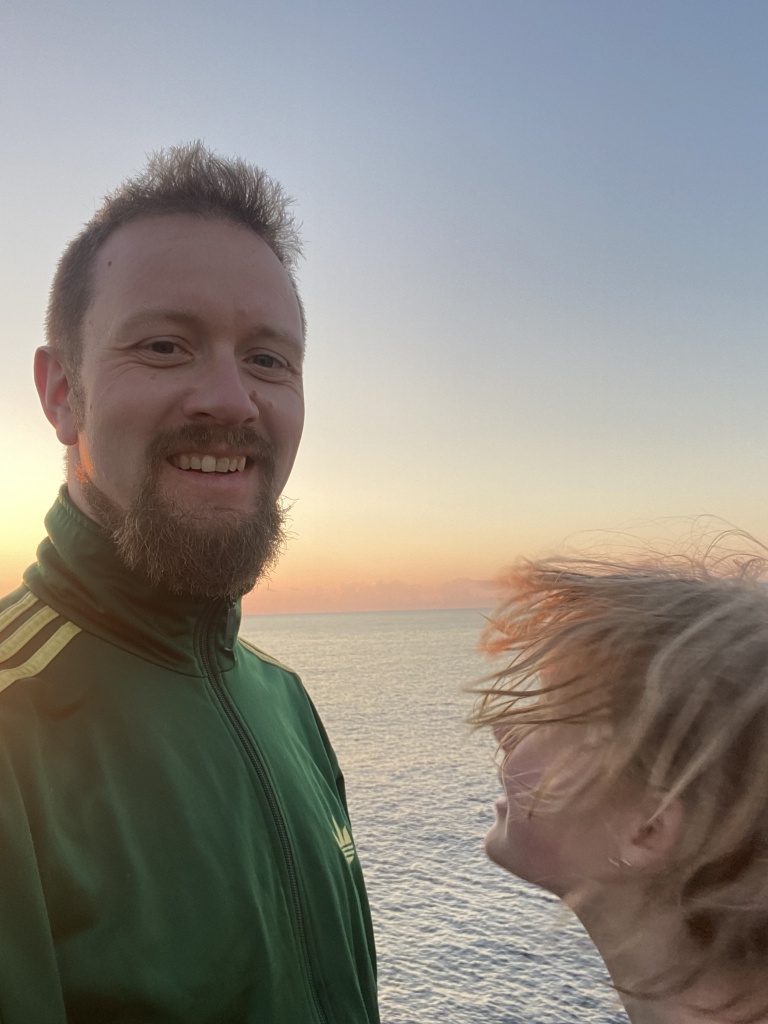I first met Lynx Vilden in 2017 at a primitive fishing camp in the west of Ireland. I was unfamiliar with her semi-legendary status in the primitive skills world, only hearing of the camp through a friend, and essentially looking for an excuse to visit Ireland and get out on the land. It was a random choice, but one of my better ones.
I arrived via Galway with a raging hangover as I understand is customary when you leave Galway. Already I was in love with the place- it felt like Scotland only a bit cheerier, and missing a few mountains.
During the camp we wandered in aged hazel copse, cut staffs that would become rods, twisted nettle fibres into cordage fit for fishing line and carved bone into hooks that may land a fish in a way similar to our ancestors. We made a small boat, or coracle, out of hazel rods and cow skin and processed some weird looking fish that I forget the name of. We launched the coracle on a lake at the end of the week and tested out our primitive fishing kit. Having had that experience I can understand how it took old Finnegas the druid 7 years to catch the salmon of knowledge! Primitive fishing offers no guarantee of your supper…at least at beginner level.
It does cultivate an appreciation of the devotion, skill, sensitivity and natural awareness required by ancestral people just to put food on the table. Add shelter, clothing, fire, defence and any other human need into the mix and we see that survival was a full time occupation. A modern life of endless screen based demands on our attention may feel similarly endless, although the satisfaction level is quite different.
This week was also glorious. To be engaged in craft requires a meditative focus, it tunes our eyes and ears to the land for resources and patterns that may be useful. It slows us down, dropping into the refreshing rhythm of the natural human being. It’s a tonic for the soul.
Appreciation of blossom and birdsong is essential. The fostering of community is an unexpected boon. Through crafting we slow down and whilst using the hands we focus yet conversation flows freely. To be rooted in place, tuning into the land and staying physically engaged in a timeless way with a social group is powerful. Maybe it happens effortlessly, or maybe there is a quiet facilitation skill that enables this. I’m not sure, but certainly it happened and was powerful. That yearning in me to gather on the land with good hearted folk in deep connection to nature never goes away, yet rarely gets fully satisfied. This was one such occasion.
A few years later and I’m still no master craftsman. In fact I seem to have a unique talent in that I can attend a craft camp and not actually finish making anything! It’s a bit embarrassing, but doesn’t diminish the depth of connection I feel through such gatherings. People and land capture my imagination and fulfil something soulful in me. Predictably I bring stories to such spaces and there’s a symbiosis in the sharing.
In a pre-digital, even pre-print, world, storytelling, singing, musicianship and poetry were essential skills and crafts. Different in quality to the weaving, foraging, hunting and leather craft that kept people sheltered and nourished, but part of the same village culture and offering a different kind of shelter, tracking and nourishment. Different threads in the same fabric. Primitive skills without a strong music-story element lacks a bit of colour, invocation and dreaming. Stories without the pragmatic relational depth of craft, primitive survival awareness and physicality lacks body. They can be all dreamy idea and no real substance. All fragrance and no grit. The cross pollination of the physical and poetic is potent. It is no accident that the old Fianna tales revere poetry alongside hunting prowess, nobility and fighting prowess. Peace in the land and thriving of the Gaelic culture required poetics as a pillar.

This year I have been invited by Lynx to Norway. The Lithica primitive skills camp will take place during the last week of June and forms part of a bigger vision. I know this camp will be an enriching one. It holds all the essential elements, with skilled, empathetic facilitators for a week of practical, earthy magic making. I know such encounters can define a year, and provide fuel for living life in a better way. I expect depth, elation and the right amount of discomfort to experience something magical.
In recent years I’ve learned to appreciate the physicality of storytelling. How does a story change or develop as we carry it out on a landscape where the characters have walked? How does our appreciation of the wild creatures in the tale develop if we track, trail and learn about them? What can we learn about the cultures who told these old tales when we live in a way mirroring theirs, in deeper connection with the living world and a practical self sufficiency? It’s a way of serving the stories, and the craft of storytelling is richer for this embodied remembering. Both stories and craft carry echoes of the old cultures in distinct ways, and when they meet by the fire under an open sky or canvas, a subtle magic of a world in living connection is restored for a moment at least.
The big vision of the Lithica Rewilding project is to buy land and dedicate it to rewilding land and humans, creating a sustainable future in the process. ‘As Rewilded Lithicans, as Wild Humans, we enter the Wilderness Area respecting and honouring the beauty and sacredness of the earth.’ It’s a vision that I share and trust Lynx and her crew to carry forward. I want to be a part of that kind of vision, weave the ancient craft of storytelling into the mix and embody such a way of living.
As a fundraiser, I’m offering the storytelling services in a voluntary capacity in support of the project, covering my own travel too. It’s a bit of a stretch in the current economic climate as a self employed storyteller, yet it feels like a worthy commitment. If you’d like to support this enterprise, to the cost of a cup of coffee, I’ve set up a page on ‘Ko-fi’ where people can offer small donations (or large if you feel inclined!) to support the trip and Lithica project.
I don’t like to ask for something for nothing so will offer a recording of one of my favourite stories as a thank you to those who contribute. A Saami Myth about the daughter of the sun and how happiness came to the people is a good one to celebrate indigenous culture and the Scandinavian connection. How the Midges came to Scotland also has a Scandi connection. Either way, I want to give something back to anyone who chooses to support this and maintain the cycle of reciprocity. Any support will be greatly appreciated and help make a good thing happen.
To support via my Kofi page follow this link:
https://ko-fi.com/dougiemackaystory
If you’d like to join us at this wonderful gathering in Norway from the 24th-30th June:
https://www.lithica.earth/gathering-summer-2023
I’d be interested to hear of anyone’s experiences regarding earth based skills and storytelling in the comments below. Likewise, if you know of any stories that would be perfect for such a gathering, a nod in their direction would be much appreciated.
Also, if you want to stay up to date with my story musings and events, or discover more about Lynx’s journey, you can sign up via my mailing list or check out her book accordingly via the following links:
My mailing list:
https://sendfox.com/lp/m2gdw5
Lynx’s book, ‘Return’:
https://www.goodreads.com/book/show/61609951-return











